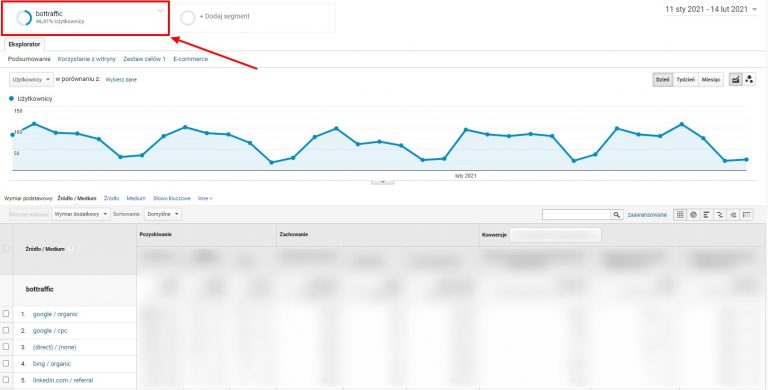

If the link contains any of the strings in this list, it's discarded. Randomly selected.īlacklist = A blacklist of strings that we check every link against. ROOT_URLS = The list of root URLs to start from when browsing. I'll incorporate proper logging later on (maybe). Set to True for verbose realtime printing to console for debugging or development. Be careful with making requests to quickly as that tends to piss off web servers.ĭEBUG = False A poor man's logger. MIN_WAIT = 5 Wait a minimum of 5 seconds between requests. The interval between every HTTP GET requests is chosen at random between the following two variables.

Radomly selected between MIN_DEPTH and MAX_DEPTH.
#TRAFFICBOT GENERATOR GENERATOR#
MAX_DEPTH = 10, MIN_DEPTH = 5 Starting from each root URL (ie: our generator will click to a depth.Tested on Ubuntu 14.04 & 16.04 minimal, but should work on any system with Python installed.įirst, specify a few settings at the top of the script. I needed the traffic to be as organic as possible, essentially mimicking real users browsing the web. The only issue is that my simulation environment uses multiple IDS/IPS/NGFW devices that will not pass and log simple TCPreplays of canned traffic. I created this as a noise generator to use for an Incident Response / Network Defense simulation. Just a simple (poorly written) Python script that aimlessly "browses" the internet by starting at pre-defined ROOT_URLS and randomly "clicking" links on pages until the pre-defined MAX_DEPTH is met. "But with any new technologies, we need to be able to adopt it responsibly and we need to have safeguards.A quick and dirty HTTP/S "organic" traffic generator. GPTZero is "not meant to be a tool to stop these technologies from being used," he said. Tian is not opposed to the use of AI tools like ChatGPT. The New York City education department said on Thursday that it's blocking access to ChatGPT on school networks and devices over concerns about its "negative impacts on student learning, and concerns regarding the safety and accuracy of content." A philosophy professor in South Carolina who happened to know about the tool said he used it to catch a student submitting AI-written work. The open-source AI community Hugging Face has put out a tool to detect whether text was created by GPT-2, an earlier version of the AI model used to make ChatGPT. Last month, Scott Aaronson, a researcher currently focusing on AI safety at OpenAI, revealed that the company has been working on a way to "watermark" GPT-generated text with an "unnoticeable secret signal" to identify its source. OpenAI, the developer of ChatGPT, has signaled a commitment to preventing AI plagiarism and other nefarious applications. The college senior isn't alone in the race to rein in AI plagiarism and forgery. Untangling Disinformation AI-generated fake faces have become a hallmark of online influence operations It successfully distinguished writing by a human versus AI. In a demonstration video, Tian compared the app's analysis of a story in The New Yorker and a LinkedIn post written by ChatGPT. Humans tend to write with greater burstiness, for example, with some longer or complex sentences alongside shorter ones. Separately, burstiness compares the variations of sentences. However, if the text is more familiar to the bot - because it's been trained on such data - then it will have low complexity and therefore is more likely to be AI-generated. To determine whether an excerpt is written by a bot, GPTZero uses two indicators: "perplexity" and "burstiness." Perplexity measures the complexity of text if GPTZero is perplexed by the text, then it has a high complexity and it's more likely to be human-written.
#TRAFFICBOT GENERATOR FREE#
Streamlit, the free platform that hosts GPTZero, has since stepped in to support Tian with more memory and resources to handle the web traffic. More than 30,000 people had tried out GPTZero within a week of its launch.


 0 kommentar(er)
0 kommentar(er)
